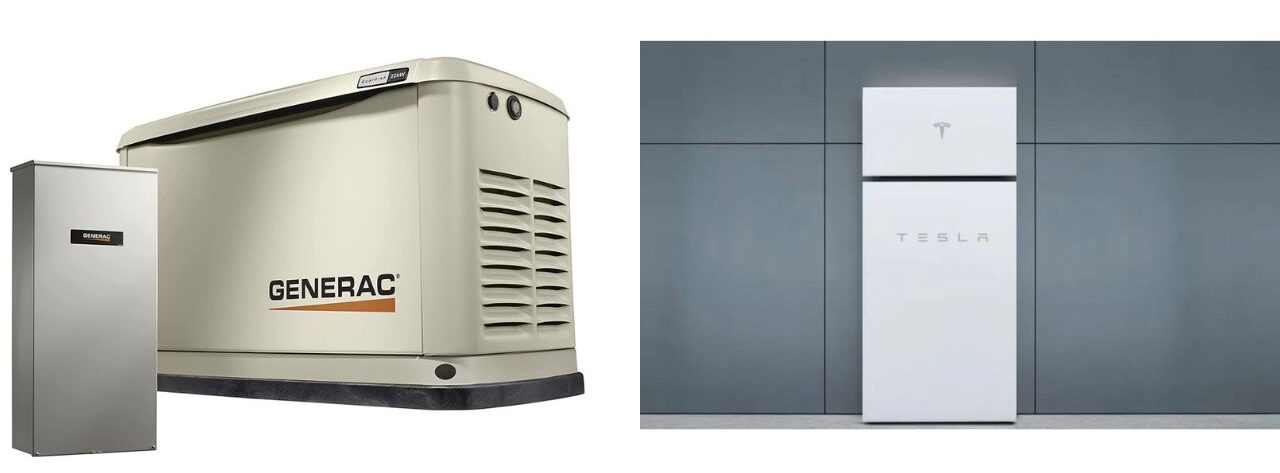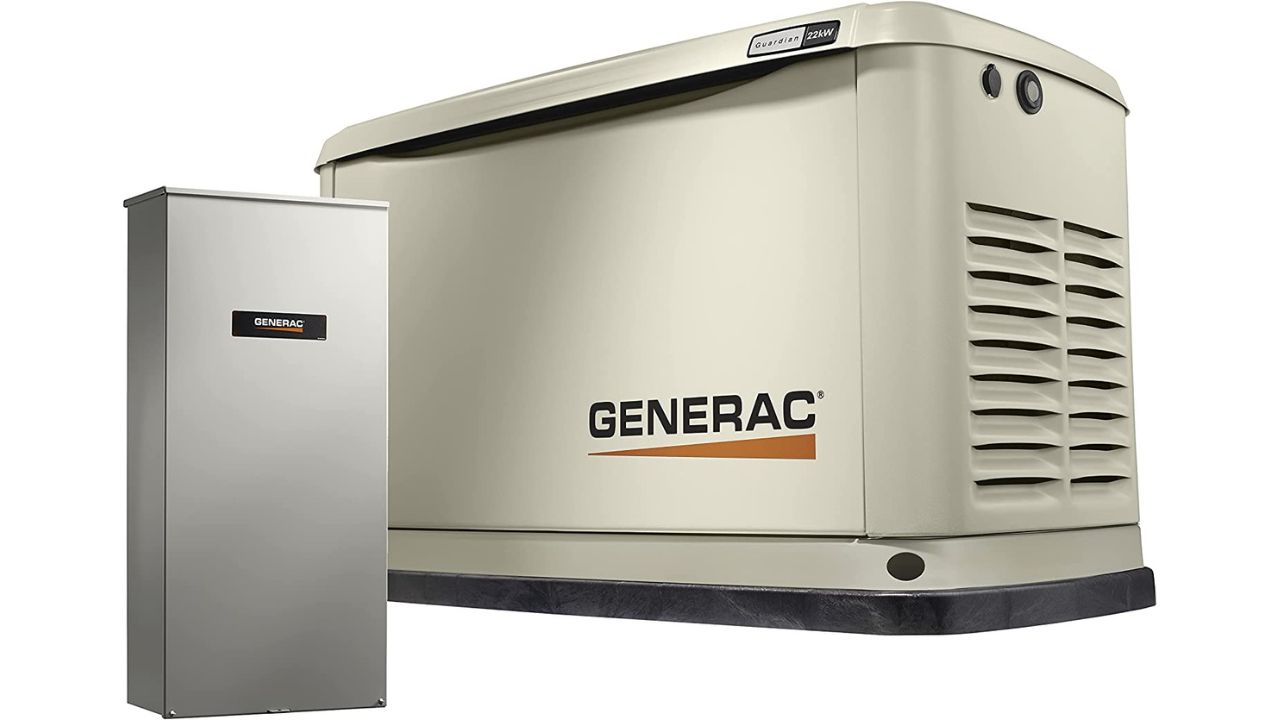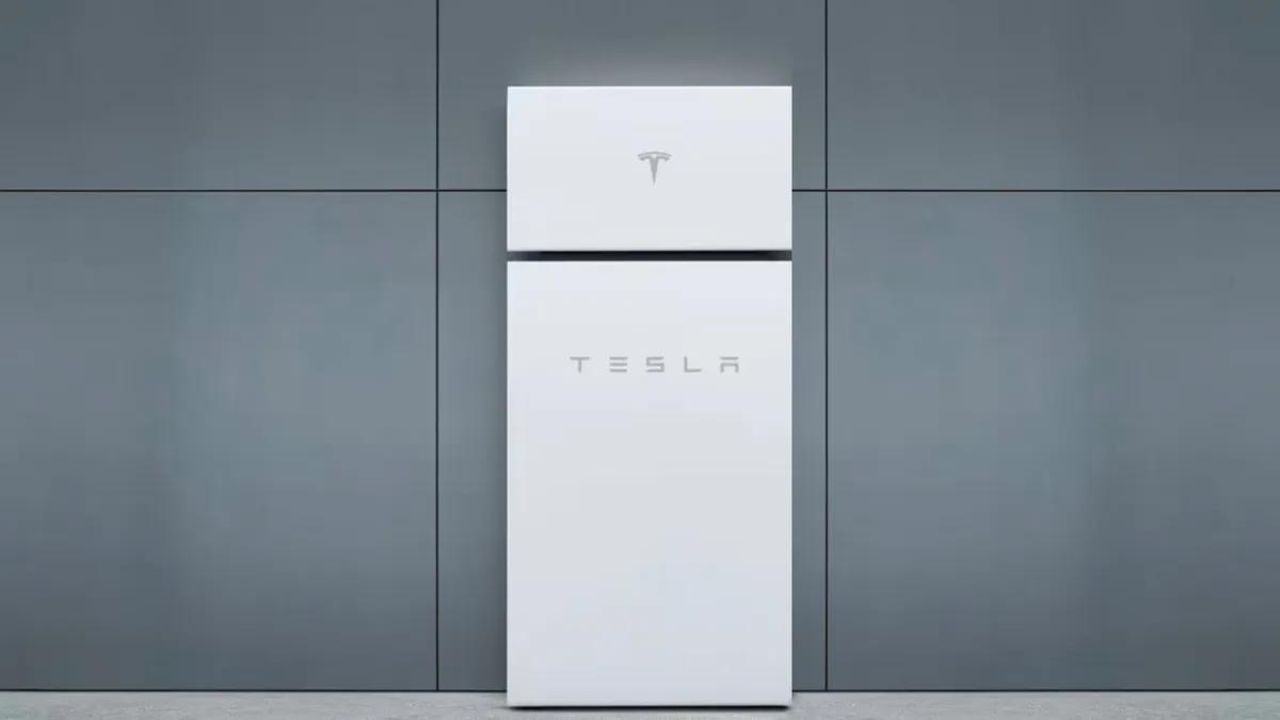When Hurricane Katrina hit back in 2005, I was trapped in New Orleans for days without power. That lesson taught me to always have a backup plan because you never know when you will find yourself in a desperate situation.
Most people have used fuel-powered standby generators in the past. However, a new option is now available, and it might the safer bet.
What is the difference between standby and battery backup?

Credit: Generac & Tesla
Standby generators connect to your home’s electrical panel and kick on automatically when the power goes out. These generators run on fuel to keep your electricity on during an outage, typically natural gas, liquid propane, or diesel.
Other generators have a “dual fuel” feature, meaning that they can run on either natural gas or liquid propane. Those fuel-powered standby generators, or whole-house generators, have proven to be a big risk of carbon monoxide poisoning in the past.
That is why you can now opt to use a more eco-friendly and potentially safer home battery backup system. These systems store energy to power your home during an outage. The charging power comes from either solar panels or tapping into the electric grid.
Plus, home battery backups can help you save money on your energy bills. Rather than paying high electricity rates during peak usage hours, you can use energy from your battery backup.
So which type of generator is ultimately better to use? Let’s go over the pros and cons of a battery backup versus a standby generator.
Pros of having a battery backup
- No required ongoing fuel costs
- They do not make noise, require almost no maintenance, and do not spew out exhaust
- Can save you money on energy bills
Cons of having a battery backup
- Higher upfront purchasing and installing cost – may take several years before you see a return on investment in terms of energy savings
- Only keeps your home powered for hours, not days
- Loses the ability to hold a charge over time
Pros of having a standby generator
- Lower upfront cost
- Keeps your home powered for up to 3 weeks at a time
- Can last up to 20 years if well-maintained
Cons of having a standby generator
- Noisy and require ongoing maintenance
- Require more work to install
- May spew exhaust
Whichever one you decide to get, it’s important to consider your power needs, all costs including installation for each, and calculate any potential rebates available in your area before purchasing. Below are a few options you can choose from.
Generac Home Standby Generator
This is a great standby generator option available at the time of publishing on Amazon for $6,654.99. It uses natural gas and comes with smart, user-friendly controls, with an LCD display that allows you to monitor its battery status and track maintenance intervals to ensure your generator is always in top operating condition. At the time of publishing, this product had 58% of consumers giving it 5 stars.
Get Generac Home Standby Generator
Tesla Powerwall
The Tesla Powerwall is an excellent choice for a battery backup system. It stores your solar energy for backup protection, so when the grid goes down, your power stays on. Your system detects outages and automatically recharges with sunlight to keep your appliances running for days.
You can add additional Powerwall units to your order to further lower your carbon footprint and prepare your home for power outages. You can also use the Tesla app, which will allow you to monitor your solar energy in real-time. The product costs between $12,000-$14,000 depending on which model you buy.
Some people might be concerned with the fact that Tesla batteries contain lithium-ion. It’s important to note that these batteries are still relatively safe when used properly. The risk of a fire or explosion is very low if you use proper care and maintenance. Although, it’s always important to be aware of the potential dangers associated with any type of battery.
Related:




